Rattlesnakes are a group of venomous reptiles best known for a rather strange and loud adaptation. Though the rattlesnake can hiss, it takes warning noises one step further. This snake has a hollow rattle on the ends of its tail, which it shakes to create a rattling noise.
This snake’s rattle is a warning signal to potential predators, telling them to “stay back!” and gives it its nickname, the “rattler.” Read on to learn about the rattlesnake.
Description of the Rattlesnake
There are at least 36 different species of rattlesnakes, in 2 different genuses (Crolatus and Sistrurus). Each species is different, and they vary greatly in size, but they all share the characteristic rattle.
As snakes go, they are relatively thick-bodied and heavy. The smallest species is the pygmy rattlesnake, which is usually about 20 in. long. The longest species is the western diamondback rattlesnake, which grows up to 8.5 ft. long.
Interesting Facts About the Rattlesnake
These snakes are highly feared, and often for all the wrong reasons. Rattlers are not out to get you, and only bite if someone steps on, corners, or attacks one. Learn more about what makes these snakes so interesting below.
- Pit Viper – Rattlers are members of a taxonomic subfamily known as the pit vipers. Pit vipers have unique sensory organs, or pits, on their face. These pits allow the snakes to “see” temperatures. Basically, when a mouse scurries by, the snake sees a different color than the colder environment around the mouse.
- Strange Smell – These snakes have an amazing sense of smell. They can smell the “old fashioned” way, through their nostrils, but they also have a second way to smell. They flick their tongues out, collect scent particles, and bring them to the roof of their mouths. This snake has a special organ in its mouth, known as a “Jacobsen’s organ,” which helps them detect smells.
- Venom Delivery – Rattlesnakes bite their prey, and use sharp fangs to deliver their venom. However, did you know that rattlers shed their fangs? A new pair of fangs grows in every few months, and at any given time they have three spare fangs waiting to grow in place of the current fang.
- Rattle Composition – Though it may seem amazing, this snake’s rattle is made up of the same substance as your fingernails! Their rattles are made of keratin, which is also what a rhino’s horn and a tortoise’s shell. Are composed of.
Habitat of the Rattlesnake
The different species of these snakes live in many different types of habitats. When we say many different habitats, we mean many different habitats!
These snakes inhabit the driest deserts and the wettest swamps, but they also live in meadows, sand dunes, forests, marshes, prairies, and more. The vast majority of species prefer habitats with plenty of rocky areas for them to hide.
Distribution of the Rattlesnake
There is a wide variety of rattlesnake species spread across North, Central, and South America. Many different species live in the Southwest United States and into Mexico.
Several species live in the eastern United States, and in South America. Each species has a different range, though many populations overlap with one another. Some snakes live only in a small area, while others are extremely widespread.
Diet of the Rattlesnake
This group of snakes eats a wide variety of prey, though they primarily feed on small mammals. Some of their most common meals include rats, mice, rabbits, birds, and other small animals.
These snakes use their keen sense of smell to track prey, or they simply lie in wait for prey to pass nearby. Once they reach adulthood, most rattlers only eat once every few weeks.
Rattlesnake and Human Interaction
Humans rarely view interaction with rattlesnakes as a positive thing. These snakes are sadly misunderstood, and largely persecuted because of it. People put many different species of rattlesnake in danger, primarily from habitat loss and targeted hunting to remove them from an area.
In reality, these snakes are not out to bite you, and simply bite to protect themselves. They even attempt to warn you with a loud rattle before they bite!
Domestication
Humans have not domesticated rattlesnakes in any way.
Does the Rattlesnake Make a Good Pet
We don’t want you to hate and kill rattlesnakes, but we don’t want you to own one as a pet either. They are venomous, and an errant bite could be fatal. For this reason, no rattlesnake species makes a good pet.
Rattlesnake Care
It is actually surprisingly beneficial to keep rattlesnakes in zoos and research facilities. Primarily, rattlers in zoos help zookeepers teach the public about all the misinformation associated with these snakes.
Snakes in zoos and research facilities are also important for the creation of antivenom. Researchers milk venom from the snakes, and use the venom to create an antidote for hospitals to use in the event of a bite. Finally, zoos breed endangered rattler species to help preserve their populations.
Behavior of the Rattlesnake
These snakes vary in their behavior based on the species and the region that they live in. Most are solitary and diurnal. They live and hunt alone, usually during the daytime. However, in areas where it is excessively hot, some species hunt at night and rest in the shade during the day. Even though they do not associate with other snakes most of the time, some rattlesnakes hibernate together in the same den.
Reproduction of the Rattlesnake
Most species reproduce in the spring, and females develop the eggs within their bodies. They are ovoviviparous, so their eggs develop inside the mother, and they give “live birth” when the young snakes reach fully development.
The incubation period is about three months, but this varies from species to species. The newly “hatched” snakes are independent as soon as they are born, and receive no maternal care.
Beliefs, Superstitions, and Phobias About the Rattlesnake
As we have mentioned multiple times, rattlesnakes are horribly misunderstood. Though they are dangerous, they do not want to bite something unless they plan on eating it, and you definitely would not fit in their mouths!
If you live in an area with rattlesnake populations, simply watch where you step and place your hands when hiking, climbing, or camping. These snakes do not want to bite, so if you spot one you should give it plenty of space.

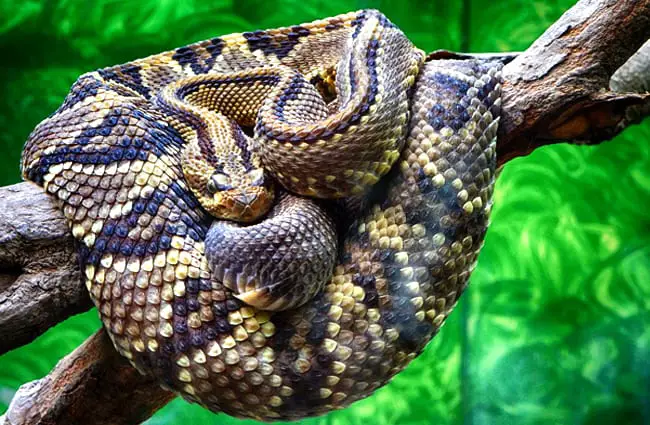
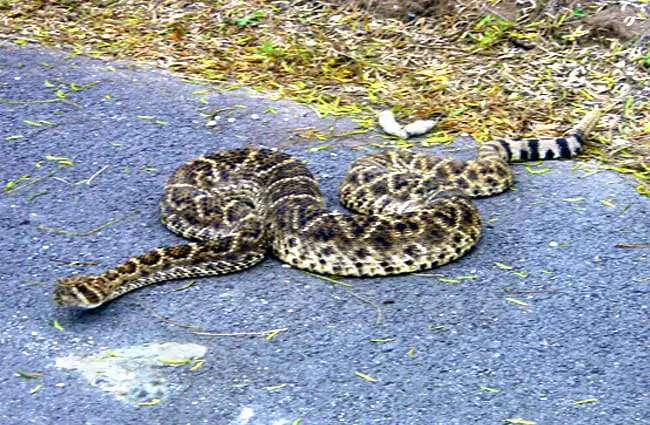
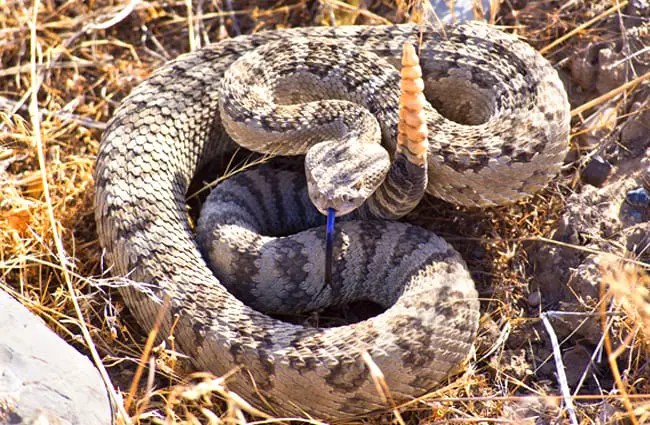
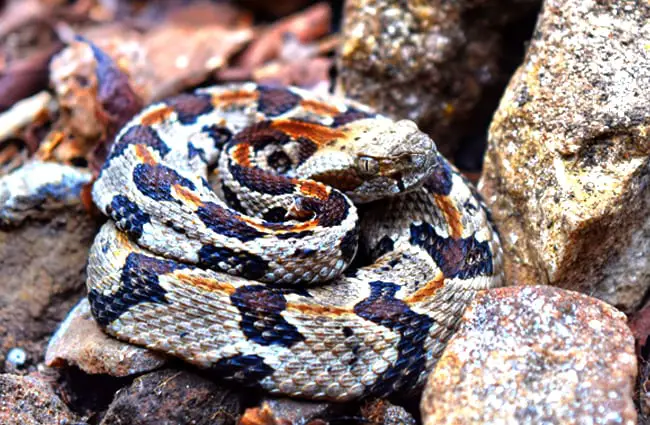


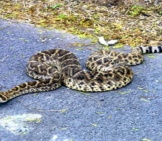
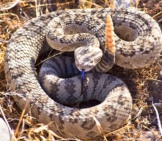

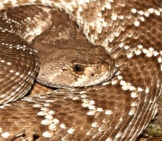
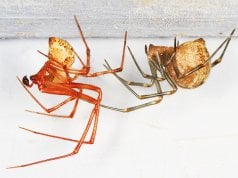












![Red Angus Closeup of a beautiful Red Angus cowPhoto by: U.S. Department of Agriculture [pubic domain]https://creativecommons.org/licenses/by/2.0/](https://animals.net/wp-content/uploads/2020/03/Red-Angus-4-100x75.jpg)

